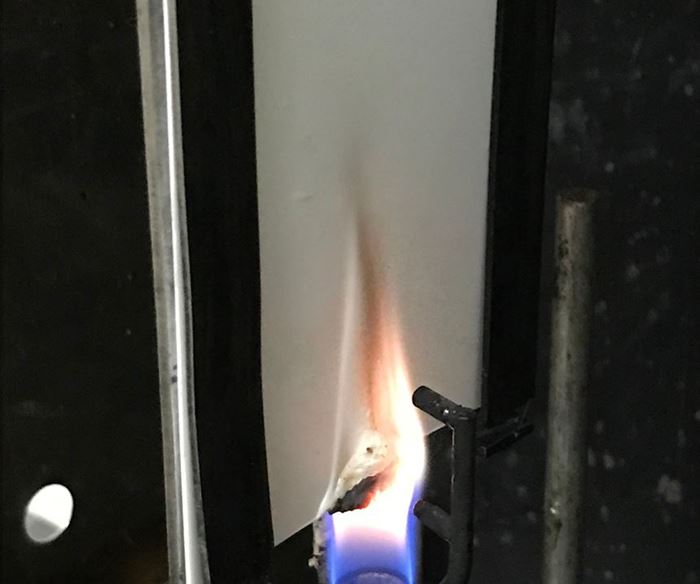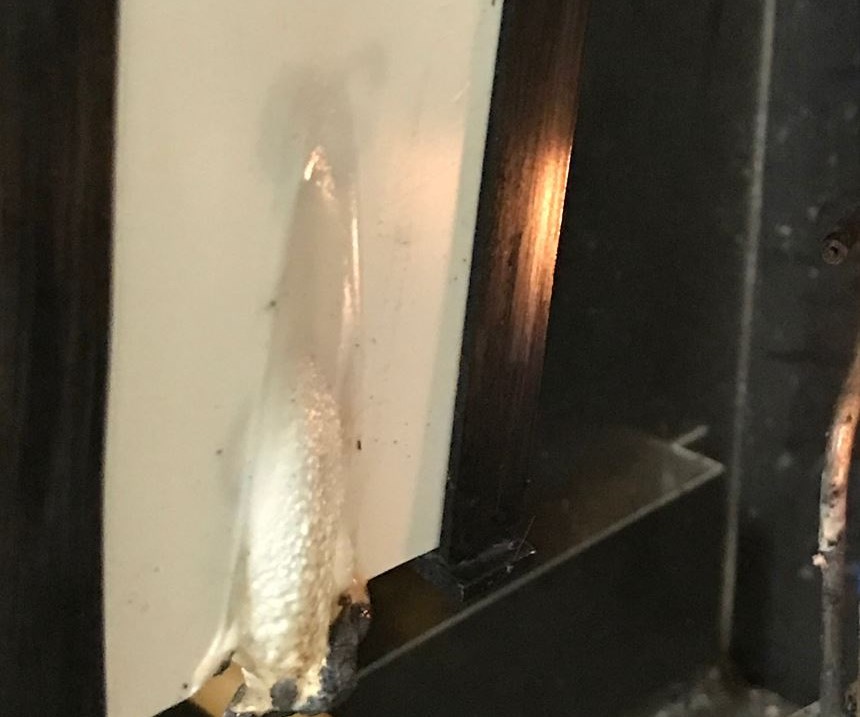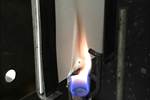Materials: Non-Halogen, Intumescent Flame-Retardant Polyolefin Compounds
Dynamic Modifiers’ newly rebranded line of FR polyolefin compounds expanded to demanding film applications.
A line of non-halogen, intumescent flame-retardant polyolefin compounds commercially launched two years ago by compounder Dynamic Modifiers, Atlanta, Ga., has been rebranded but also expanded to include compounds that makes it possible to achieve a range of flexible films of various hardness that can be formed via extrusion coating, cast film extrusion, blown film processes and can also achieve soft touch over moldings or co-extrusions that can pass specific challenging flame-retardant specifications.
Offered as custom-tailored compounds, the Pal VersaChar technology is a re-branding of the original DynaChar technology combined with technology improvements based on many customer and laboratory evaluations and qualification trials, according to the company. PAL VersaChar compounds are based on high performance intumescent phosphorus chemistry but do not contain organo-phosphorous, antimony or heavy metals.
Dynamic Modifiers is positioning VersaChar as a truly sustainable flame retardant solution for polyolefin systems that is finding use in a number of demanding end-use applications such as commercial interior products in the green building market and is expected to have many future uses in the aerospace and other industries where light-weight flame-retardant materials are a must.
Applications for the expanded technology into films and sheet include commercial wall coverings, upholstery and other technical textile coated/laminated fabrics where these compounds can pass ASTM E84 with a Class A rating, with low flame spread and very low smoke numbers (10 out of 450 smoke index). Moreover, VersaChar extrusion coated, co-extruded onto polyolefin pipes and over molded as a protective layer has been shown to impart a protective char layer (intumescence) that prevents the underlying substrate from combusting.
VersaChar polyolefin compounds can be tailored to meet very demanding European flame-retardant specifications for commercial building materials such as EN 13501-1 B-S1, d0 which is the most demanding of the commercial flame retardant standards to pass for combustible materials due to the very low-flame-spread, very low smoke density and non-toxic off gassing requirements.
Related Content
-
The Fundamentals of Polyethylene – Part 2: Density and Molecular Weight
PE properties can be adjusted either by changing the molecular weight or by altering the density. While this increases the possible combinations of properties, it also requires that the specification for the material be precise.
-
Polyethylene Fundamentals – Part 4: Failed HDPE Case Study
Injection molders of small fuel tanks learned the hard way that a very small difference in density — 0.6% — could make a large difference in PE stress-crack resistance.
-
Prices Flat-to-Down for All Volume Resins
This month’s resin pricing report includes PT’s quarterly check-in on select engineering resins, including nylon 6 and 66.


















